
Cats are picky about who they trust, and earning their respect requires more than just petting and treats. It’s about understanding their unique needs and instincts. These cat-approved habits will help you strengthen your relationship, deepen your bond, and show your cat that you’re not just their caregiver—you’re their trusted partner and friend.
Provide Consistent Positive Reinforcement

Reward the behaviors you want to see again and avoid focusing on the ones you don’t. Cats trained with treats and praise learn twice as fast, according to a 2020 Journal of Veterinary Behavior study. Use timing like a laser pointer: immediate, accurate, and rewarding.
Respect Personal Space And Boundaries
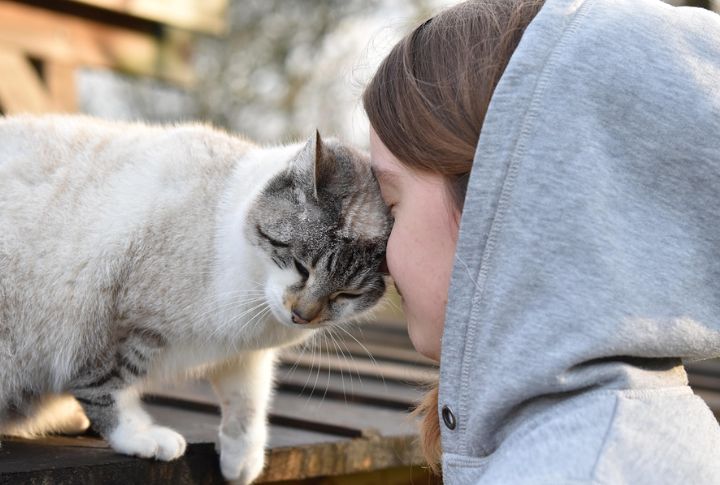
A tail flick isn’t sass; it’s a boundary line. Cats need choice, not chase. Let them come to you, especially in high-stress moments like vet trips or loud events. Studies show forced contact raises cortisol levels. Want affection? Step back and let curiosity lead the way.
Engage In Regular Interactive Play
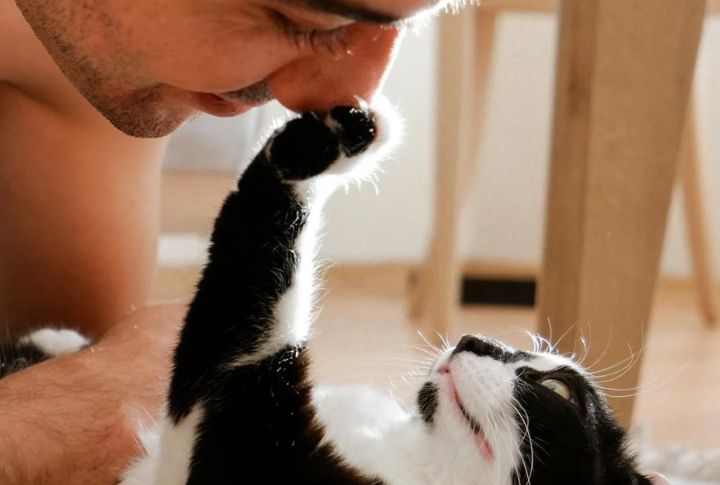
Cat Wand toys also act as social contracts between you and your cat. When you mimic prey movements for 10 minutes daily, you’re building trust on feline terms. According to feline enrichment experts, regular play significantly lowers the likelihood of aggressive behavior.
Establish And Maintain Routine Schedules
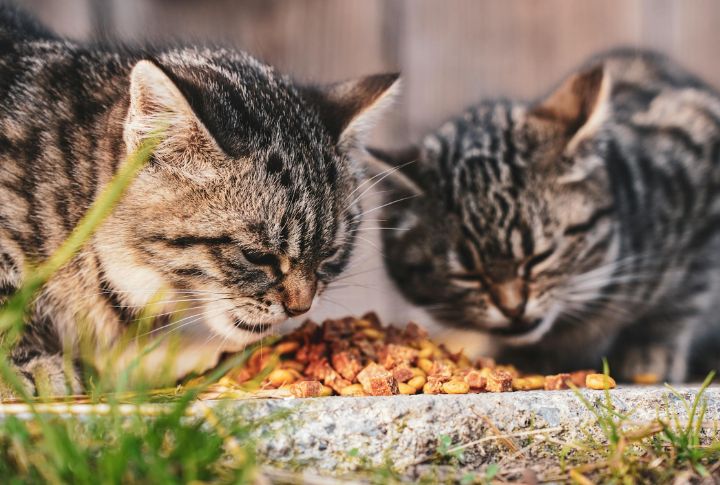
Routine breeds security. Feeding, cleaning, and playtime done at regular hours create a reliable world for your cat. Cats anticipate patterns like clockwork; a University of Bristol study showed predictable schedules ease stress. Respect their rhythm, and they’ll follow your beat.
Offer Choices To Support Decision-Making
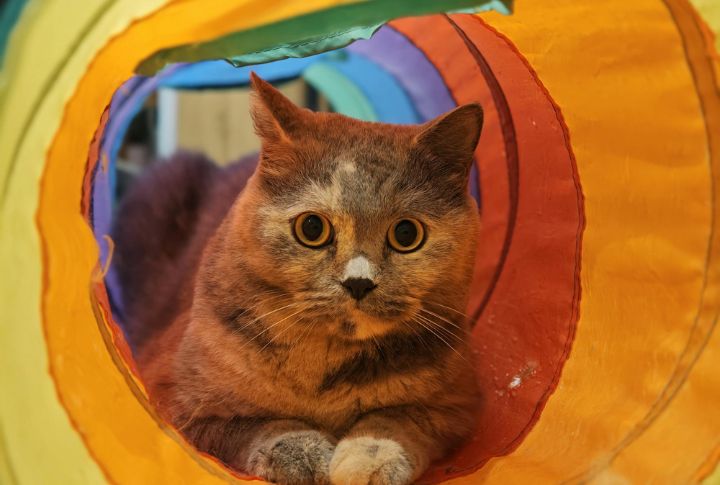
Respect thrives when freedom flows—just like in any good relationship. Let cats pick: window perch or shelf, catnip mouse or tunnel. Choices build confidence and control. By encouraging decision-making, you teach autonomy and show your cat you’re a trusted partner, not some bossy overlord in fur.
Use Clicker Training For Clear Communication

Click, treat, repeat. That’s the rhythm of success in feline training. Cats trained with clickers tend to respond more quickly and consistently compared to those trained without them. Pair the sound with rewards, and your cat will start seeing you as fluent.
Provide Appropriate Scratching Outlets
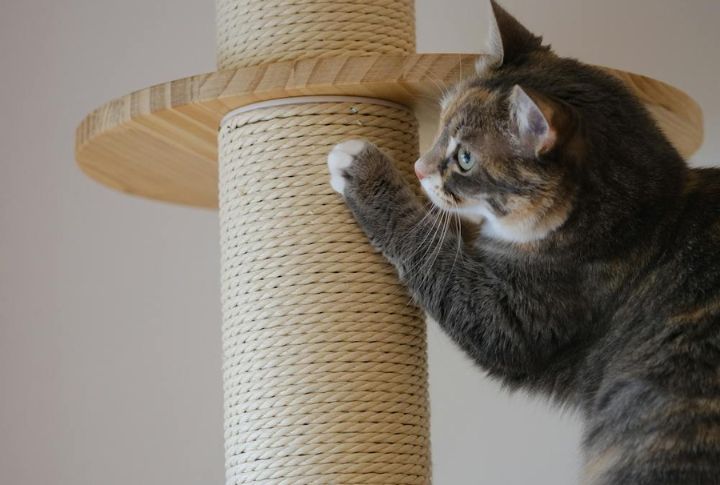
Scratching isn’t bad behavior. It’s therapy for their stress and a way to claim space. Put scratchers near nap spots or doorways. Vertical ones help redirect clawing urges, giving cats a proper outlet. Honor the claws, and you’ll save your couch while strengthening trust with your feline.
Avoid Physical Punishment And Negative Reinforcement

Spray bottles and shouting? Completely counterproductive. Punishment only creates fear and confusion. Cats lack the associative learning dogs have. Negative reinforcement can actually increase anxiety rather than reduce it. Use redirection and positive cues to encourage better choices without breaking trust.
Create A Safe And Enriching Environment
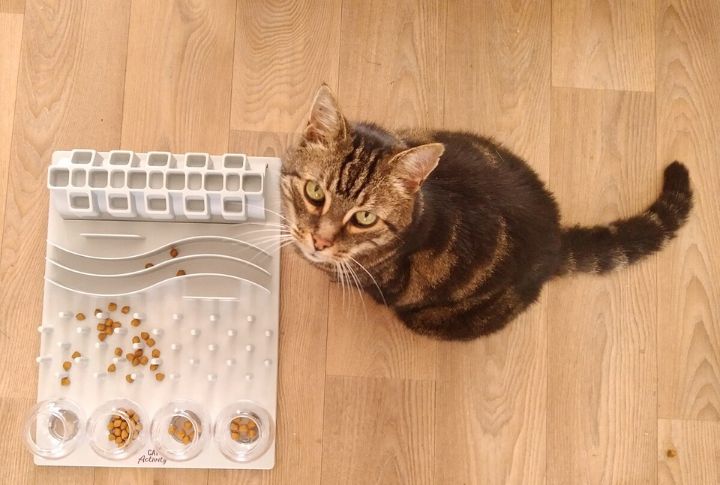
Bored cats cause chaos. Swap toys weekly, set up window views, and use puzzle feeders. Mental stimulation reduces anxiety and curbs aggression. A busy mind keeps mischief at bay. Enrich their environment, and they’ll be less inclined to wreck yours—or drive you up the wall.
Be Patient And Allow Time For Trust To Develop
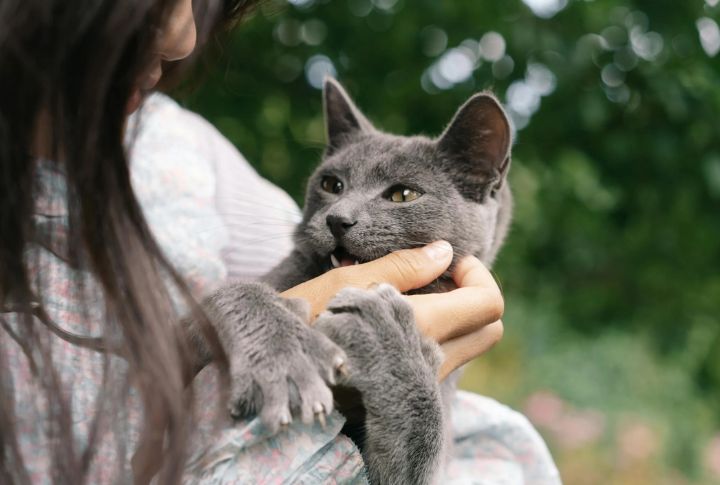
Trust develops with patience, not speed. Like a vine, it takes time, sometimes weeks or months, especially for rescues or strays. Rushing the bond can cause setbacks. Treat time as your investment in the relationship, and your cat will eventually offer loyalty in return.
Use Gentle And Calm Handling Techniques

Always lift your cat by supporting both the front and back. Avoid quick grabs that can startle or scare them. A frightened cat remembers rough handling. Instead, use calm, gentle touch during relaxed moments. This builds trust and makes things like vet visits and nail trims much easier.
Provide Mental Stimulation Through Puzzle Toys

Unstimulated minds tend to stir up trouble. Food puzzles and treat balls simulate the hunt, engaging natural instincts while easing tension. Mental stimulation improves feline behavior, especially in multi-cat homes. Just 15 minutes of daily puzzle play can balance emotions and support a peaceful pecking order.
Recognize And Respond To Body Language Cues

Ears back? Time to give space. Slow blink? That’s trust blooming. Cats speak volumes with tails, pupils, and posture. Ignoring those cues can sour your relationship. Instead, respond with awareness. Tune in often enough, and your cat will begin to trust your instincts, too.
Respect Individual Personality And Temperament
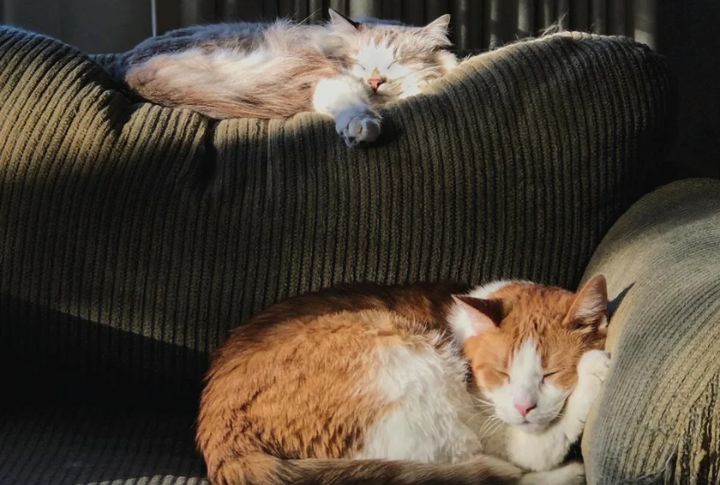
No two cats are the same. Some love lounging on the couch, while others prefer sneaking through shadows. Expecting them to act the same only leads to frustration. In fact, mismatched expectations are a top reason adoptions don’t work out. Get to know your cat’s quirks. They’re the key to real connection.
Maintain A Clean Litter Box Environment

Cats judge you by your cleaning habits. A dirty litter box signals neglect. Scoop twice daily and place it in a quiet area. Also, avoid scented litter. A tidy box shows your cat you’re paying attention, and that matters more than you think.
Offer Treats And Rewards Judiciously

Treats are currency. Use them to reinforce, not bribe. Overfeeding can lead to obesity, especially in indoor cats with fewer energy outlets. Experts recommend limiting treats to a small portion of your cat’s daily calorie intake to maintain a healthy weight. Reward wisely, and your influence multiplies.
Provide Vertical Spaces For Climbing And Observation
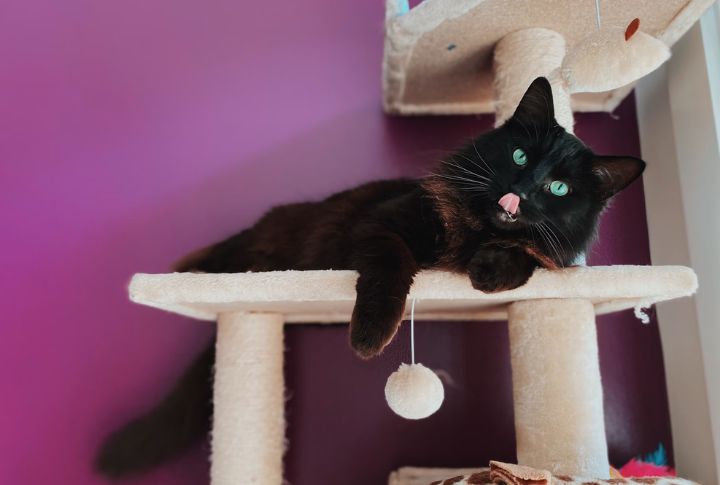
Cats love to climb. Not just for fun, but because it helps them feel secure and in control. Giving them access to tall spots, like cat trees or shelves, lets them observe their surroundings without feeling exposed. In homes with multiple cats, these high-up areas can also help reduce tension and prevent conflicts.
Avoid Forcing Interactions Or Prolonged Holding

Not every cat enjoys cuddles, and none enjoy being held too long. Let them initiate closeness. Cats often choose human interaction over food, but only when the choice to engage is entirely their own. Respect wins affection more than persistence ever will.
Introduce New Experiences Gradually
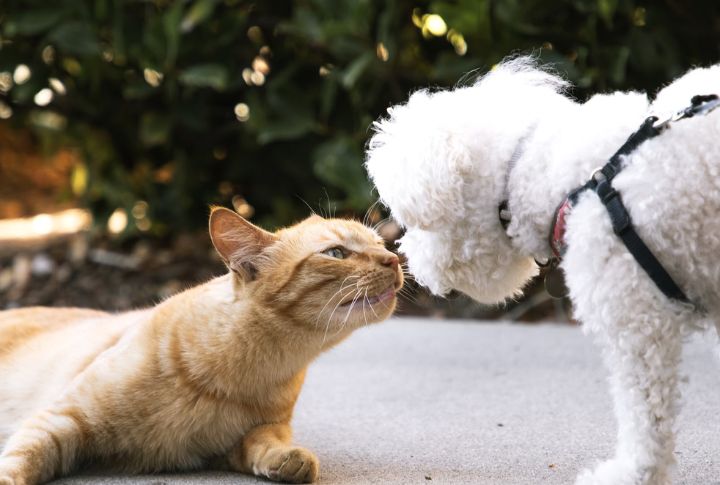
New smells, people, or pets should enter your cat’s world like clouds, not thunderstorms. Sudden change triggers stress. The AVMA advises gradual introductions with scent-swapping and visual barriers. Use slow exposure and controlled pacing. Calm transitions teach your cat that change doesn’t equal chaos.
Speak In A Calm And Predictable Tone

Tone shapes trust. A calm, steady voice signals safety, while loud or erratic speech can trigger anxiety—especially in sensitive breeds like Bengals or Siamese. Cats respond best when their names are spoken softly. Use a soothing voice, and you’ll become the sound they feel safe with.

